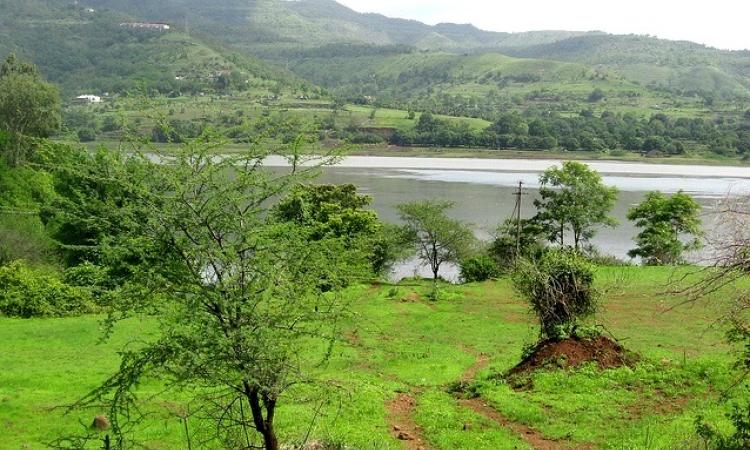
One of the tasks that the current government had promised to work on is the fast tracking of the process of appraisal of projects seeking environmental approvals from the Ministry of Environment, Forests and Climate Change. The article titled 'Environmental regulation in India: Moving 'forward' in the old direction' published in the Economic and Political Weekly, informs that a high level committee was thus constituted in 2014 under TSR Subramanium to review six key environmental laws in the country. The committee submitted its report in November 2014 that included suggestions on how industrial and infrastructure projects should be appraised for their environmental impacts, how pollution control technologies and penalties for violations should be put in place, and what should be the institutional framework for environmental regulation in India.
The committee, however, continues to be blamed for its focus on easing environmental norms and diluting people’s participation in environmental governance to stimulate economic development. The article argues that it is thus important to understand and evaluate the proposed changes from the point of view of whether they are based on an understanding of the context in which environmental regulations operate and whether these reviews and proposed institutional reforms help in effective regulation in the context of India’s changing demography and socio-economic profile over the last two decades.
This article attempts to discuss these questions in light of the functioning of the formal Environmental Impact Assessment (EIA) regime in India over the past two decades (1994–2014). It informs that debates on environment clearance refer to the procedures under the EIA notification, 2006, which mandates that a stepwise process be followed by industrial, mining and infrastructure related operations. This includes the preparation of EIA reports, engagement with project-affected communities through public hearings, and an appraisal of project documents by a group of experts.
Questions raised against EIA proceedures
- Quality of EIA reports has often been questioned: Right from the beginning, there have been debates and questions raised on the quality of EIA reports by researchers and NGOs who have brought this to the notice of the MoEFCC. The Ministry too has acknowledged this to be a major lacuna.
- Problems identified with free and fair citizen participation: Civil society groups have raised issues related to free, fair and transparent public hearings, questioned selection of sites and the timing of hearings and have protested against the use of force, coercion and threat.
- Role of experts in decision-making questioned: Questions have been raised regarding the composition of EACs and whether their members apply their mind adequately before recommending that a project be approved.
- Second generation EIA issues present new challenges: Rapid diversion of wild and cultivated land for industrial purposes, the economy’s emphasis on manufacturing, mining and power generation, have been posing new challenges to the regulatory processes like the EIA in terms of impact assessment and public participation.
- EIA’s new geographies present new challenges: Industrial expansion has now extended into the mountains and coastlines with emphasis on constructing dams and ports, as well as mining in Indian forests. The regulatory model has yet to catch up with imposing restrictions on environmental damage and social impacts.
- EIA process begins too late: For most industries, the process of acquiring land or finances for their projects is delinked from the process of getting an approval under the EIA notification. Knowing that regulatory procedures could alter the fate of proposed projects, most project proponents purchase private land or seek transfer of land, which has been earlier acquired by state governments, well before the EIA process begins. Project proponents and state governments enter into various contracts and agreements with each other even before the EIA process begins. In some cases, advance payments are made to state governments to secure land or permissions, and in others there are commitments to keep the area free of encumbrances. By the time the scrutiny of EIAs begin and public hearings are held, proponents have already invested time, money and personnel into their projects.
The article argues that if these challenges that face environmental regulation, especially EIAs, are not addressed, they could erode the very legitimacy of the government to regulate. Scores of projects are ending up in courts for tedious litigation only to be sent back to the expert committees for review.
It ends by arguing that review and other efforts to address the problems of environmental regulation thus need to go beyond addressing the procedural lacunae. A discussion on what kinds of outcomes we would like to see from environmental regulations is important along with interactions that deliver dignity, equality and respect to all citizens. The government’s proposal to change environmental regulations will achieve little that is new if it does not address these challenges.
Please download the article below.